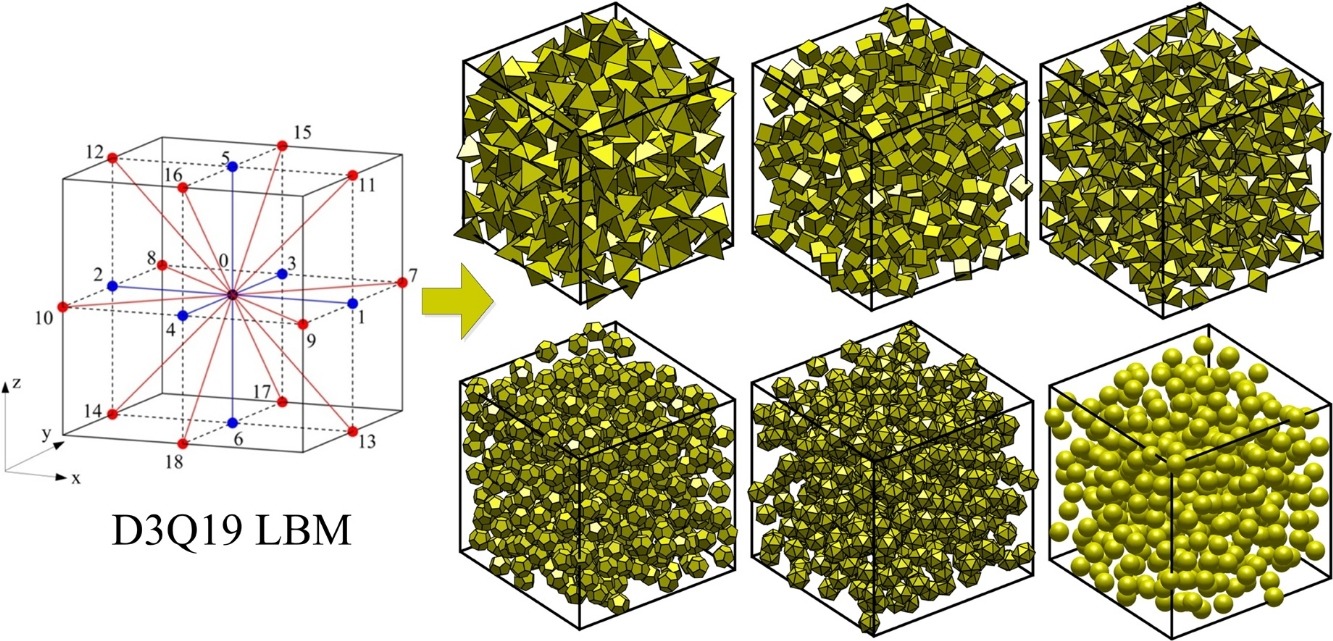- Volumes 84-95 (2024)
-
Volumes 72-83 (2023)
-
Volume 83
Pages 1-258 (December 2023)
-
Volume 82
Pages 1-204 (November 2023)
-
Volume 81
Pages 1-188 (October 2023)
-
Volume 80
Pages 1-202 (September 2023)
-
Volume 79
Pages 1-172 (August 2023)
-
Volume 78
Pages 1-146 (July 2023)
-
Volume 77
Pages 1-152 (June 2023)
-
Volume 76
Pages 1-176 (May 2023)
-
Volume 75
Pages 1-228 (April 2023)
-
Volume 74
Pages 1-200 (March 2023)
-
Volume 73
Pages 1-138 (February 2023)
-
Volume 72
Pages 1-144 (January 2023)
-
Volume 83
-
Volumes 60-71 (2022)
-
Volume 71
Pages 1-108 (December 2022)
-
Volume 70
Pages 1-106 (November 2022)
-
Volume 69
Pages 1-122 (October 2022)
-
Volume 68
Pages 1-124 (September 2022)
-
Volume 67
Pages 1-102 (August 2022)
-
Volume 66
Pages 1-112 (July 2022)
-
Volume 65
Pages 1-138 (June 2022)
-
Volume 64
Pages 1-186 (May 2022)
-
Volume 63
Pages 1-124 (April 2022)
-
Volume 62
Pages 1-104 (March 2022)
-
Volume 61
Pages 1-120 (February 2022)
-
Volume 60
Pages 1-124 (January 2022)
-
Volume 71
- Volumes 54-59 (2021)
- Volumes 48-53 (2020)
- Volumes 42-47 (2019)
- Volumes 36-41 (2018)
- Volumes 30-35 (2017)
- Volumes 24-29 (2016)
- Volumes 18-23 (2015)
- Volumes 12-17 (2014)
- Volume 11 (2013)
- Volume 10 (2012)
- Volume 9 (2011)
- Volume 8 (2010)
- Volume 7 (2009)
- Volume 6 (2008)
- Volume 5 (2007)
- Volume 4 (2006)
- Volume 3 (2005)
- Volume 2 (2004)
- Volume 1 (2003)
• Permeability of randomly packed beds of Platonic particles was investigated.
• Multi-relaxation-time lattice Boltzmann method was employed.
• Effect of particle characteristics on fluid flow in porous media was studied.
• Particle shape has a strong impact on their permeability in the packed beds.
The influence of particle characteristics, such as shape, size, and volume fraction, on the permeability of porous media was investigated by combining the randomly packed beds of Platonic particles with the lattice Boltzmann method. Quantitative solutions of the permeability as a function of these characteristic parameters in mono-sized particle packing structures were obtained. The D3Q19 model is presented here, which was tested by three simple benchmark tests. A series of packed beds of Platonic particles as well as spherical particles were generated in a random manner. Numerical studies on factors influencing the permeability of materials were carried out to comprehensively study their impacts. The results revealed that the permeability significantly increased with increasing equivalent diameter of the particles (or decreasing volume fraction). At a fixed size and volume fraction of particles, the permeability of the Platonic particle packing structures was also influenced by particle morphology: permeability significantly reduced as the particle sphericity decreased. The permeability of tetrahedral particle packing structures dropped by more than 40% compared with that of corresponding spherical particle systems.

